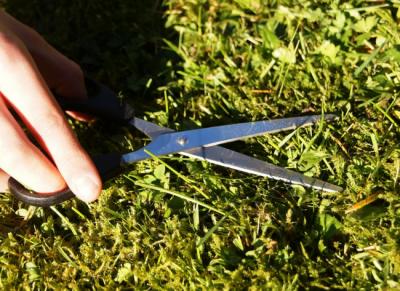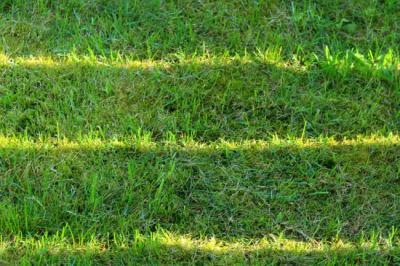Who doesn't dream of a home with a lush lawn? You can obtain that yard if you don't already have it. To change your yard into something spectacular, you can just lay sod. Warm-season and transitional lawns can benefit from the many Zeon zoysia cultivars available.
It's the best option if you're looking for a lush lawn, but you'll need to answer a few questions first. Let's take a look at the fundamentals of care for fresh Zeon zoysia sod.
What is Zeon Zoysia Grass?
When it was first introduced to the United States in the 1800s and 1900s, Zoysia was a tropical turfgrass native to Southeast Asia, Japan, and China. In the 20th century, turf breeders developed new Zeon Zoysia varieties that are admirably adapted for warm-season and transitional zone lawns in the United States, including Hawaii.
Several Z. japonica varieties have good cold resistance, making them attractive in the transition zone because of their ability to withstand shade (albeit they prefer full sun).
Some bermudagrass cultivars, for example, may fail in the transition zone because of the cold winters. In contrast, cool-season grasses, such as Kentucky bluegrass, cannot manage the warm summer temperatures. Here, Zeon Zoysia serves an important purpose.
Zoysia grass is a fantastic choice for families with children or dogs due to its high resistance to intense foot activity and other wear. In addition, Zoysia has a remarkable ability to heal itself if it suffers any kind of damage. Yet, Zoysia is slow to grow, and the rehabilitation process will be lengthy.
How to Take Care of Your New Zeon Zoysia Sod
Water
Watering is the most important step in the installation process for fresh Zeon Zoysia sod. Dryness can destroy grass before its roots are strong enough to withstand hardship, which is why it's so fragile. It is recommended that the sod remain damp and moist for the first two weeks of the season.
There are two to six times a day that it should be sprinkled. There is no need for long, deep sessions, but the sod must remain spongy. This isn't an issue for most people, but for those with persistent, standing puddles, it may be necessary to water more frequently.
After the first two weeks, you can return to your regular watering schedule. Even though the first growing season will be more demanding on the Zeon Zoysia sod, you don't have to keep it wet all the time beyond that point because it will dry out on its own.
You can cut back to watering once or twice a day if you like. These workouts can be shortened to roughly 20 minutes on average when it's raining. You're mostly searching for any browning in the leaves. If you notice any, be sure to water more frequently.
The roots should be strong enough to reduce watering frequency a month into the growing season. Check out how the grass responds by skipping a day. With time and proper care, watering should only be necessary two to three times per week, depending on the weather conditions.
Nutrients
An abundance of nutrients is needed for the new turf. There should be enough fertilizer to get it going when it's laid, but as the roots grow, you'll use a lot of it. During the first month, another round of fertilization is necessary; therefore, it's important to know the steps to add fertilizer. The regimen indicated for your grass after the first month can be followed. However, you will only require one or two sessions every year on average after the first season.
In the beginning, some choose to use liquid fertilizers. The roots of plants with less development can more easily reach and digest these substances. This aids in the early establishment of healthy roots. Traditional fertilizer, on the other hand, isn't harmful to your lawn. It'll work, but it's not going to be as effective as we'd like.
Mowing
Among the most frequently asked questions about new Zeon Zoysia sod is how to mow it. There's a solid reason why everyone dreads the first mow. If you don't know a few tricks on the first mowing, you might easily damage the sod. Fortunately, the following tips and tricks will help you avoid potential problems.
In the first two weeks, you won't be able to mow. In most cases, it's best to wait at least two weeks before your first mowing. The grass should be a little longer than you usually prefer. You should avoid mowing while they are at their shallowest to avoid damaging the roots.
Set the blades as high as they will go for your first mowing. More than a third of the grass height should not be cut back. When you first begin, pay close attention. If the roots are too shallow, chunks of Zeon Zoysia sod will grow up where they shouldn't. Put postpone the first mowing if you see any of it. The blades can also be checked to see if they have been elevated to their maximum.
Conclusion
Your new lawn can be treated like conventional grass after the first season. It should be able to withstand routine treatment and have a strong root system. Now that you've learned the tricks, it's time to get your hands dirty and the best time to lay Zeon Zoysia sod. Sod Company is ready to assist you if you need assistance completing your project correctly.






